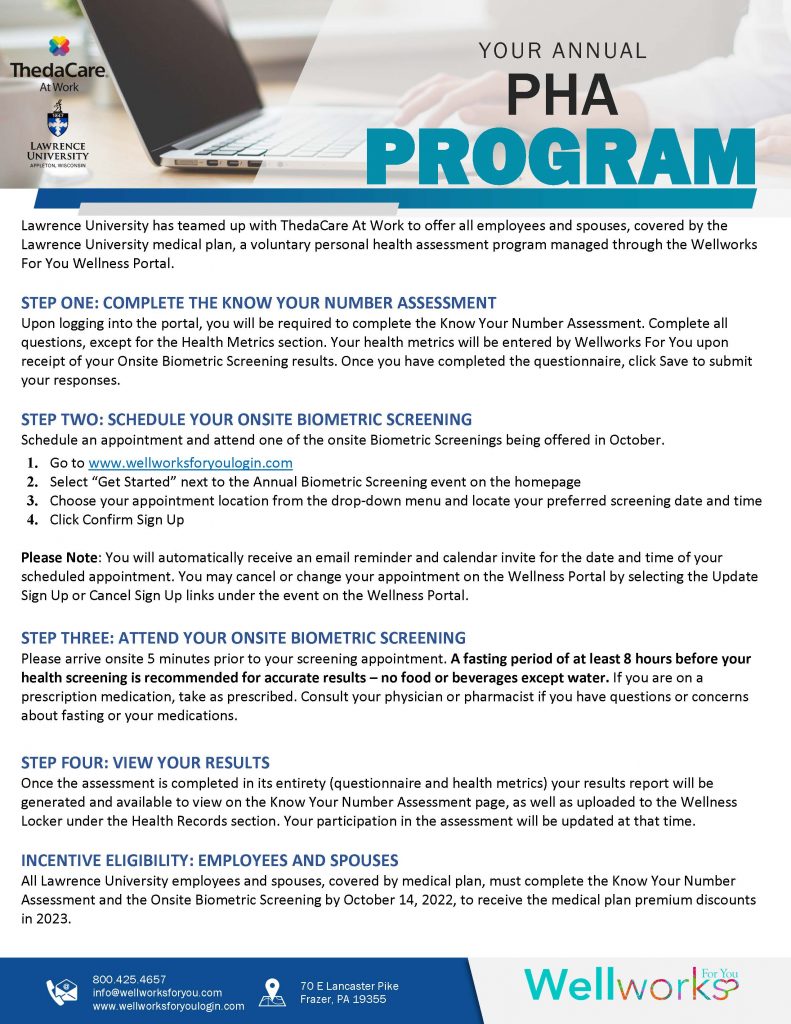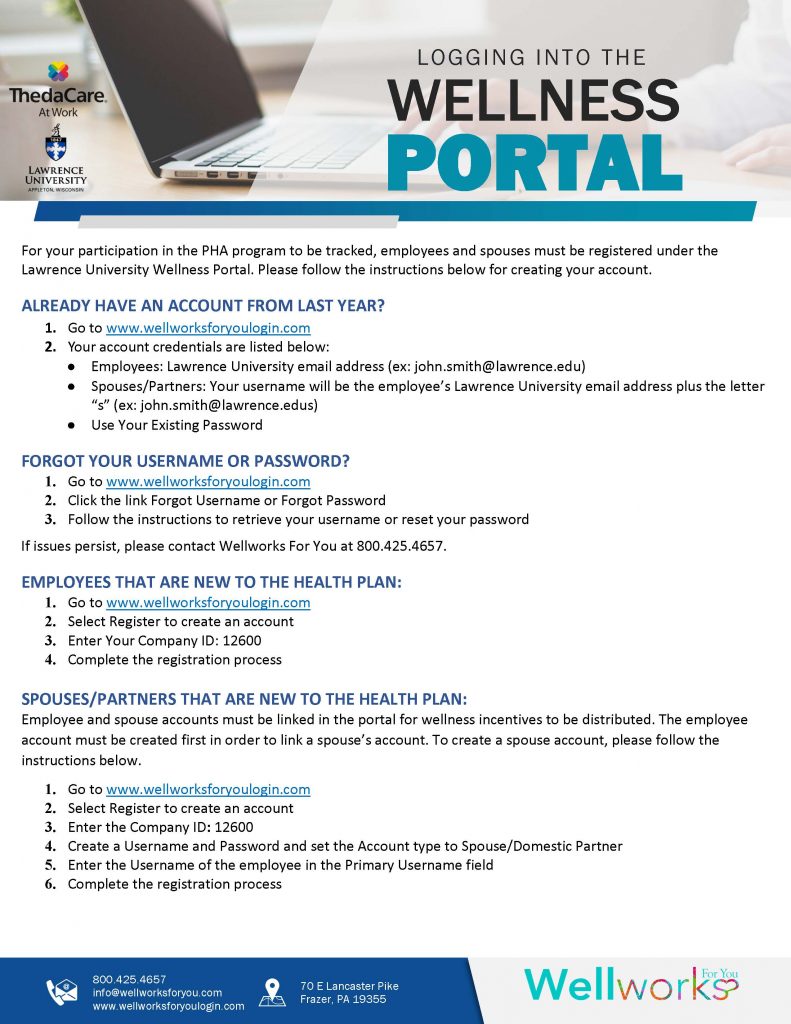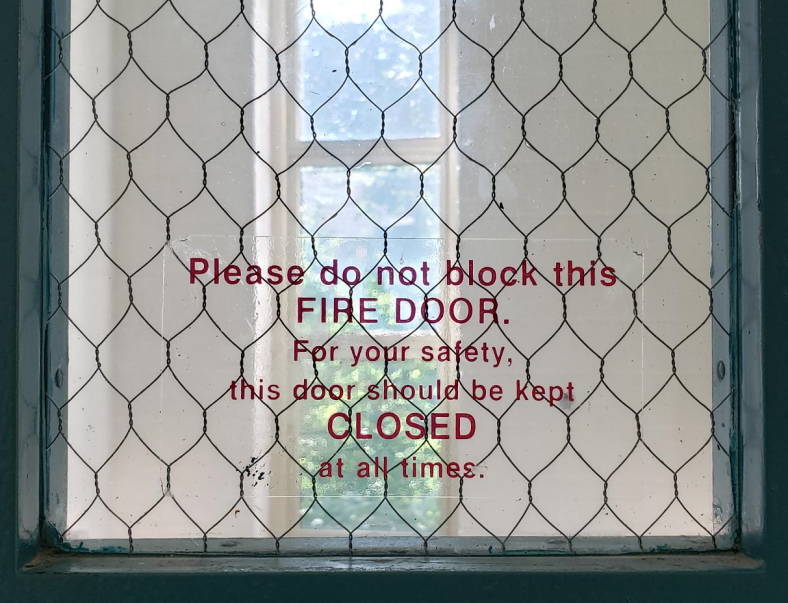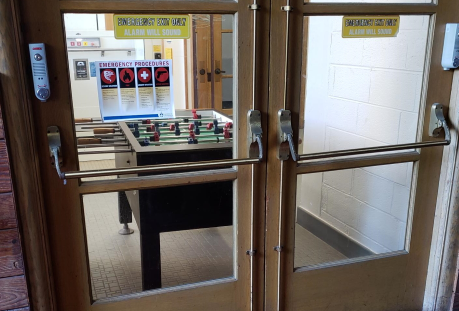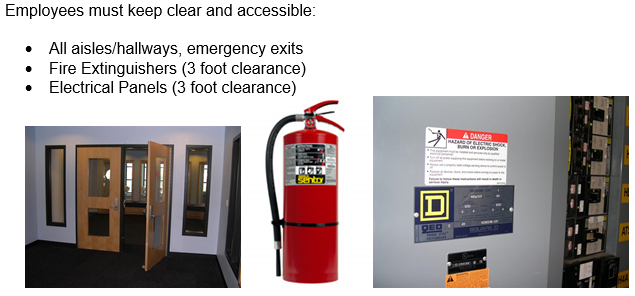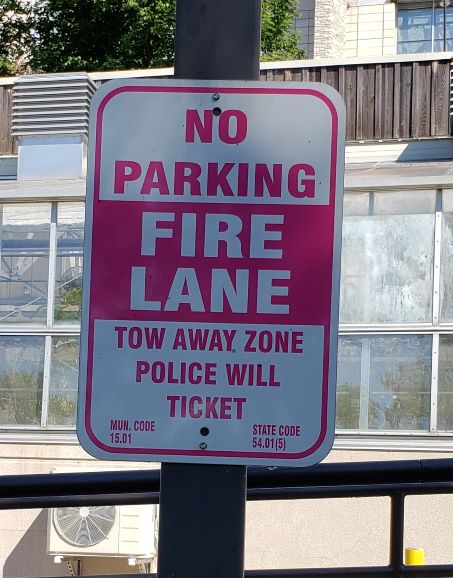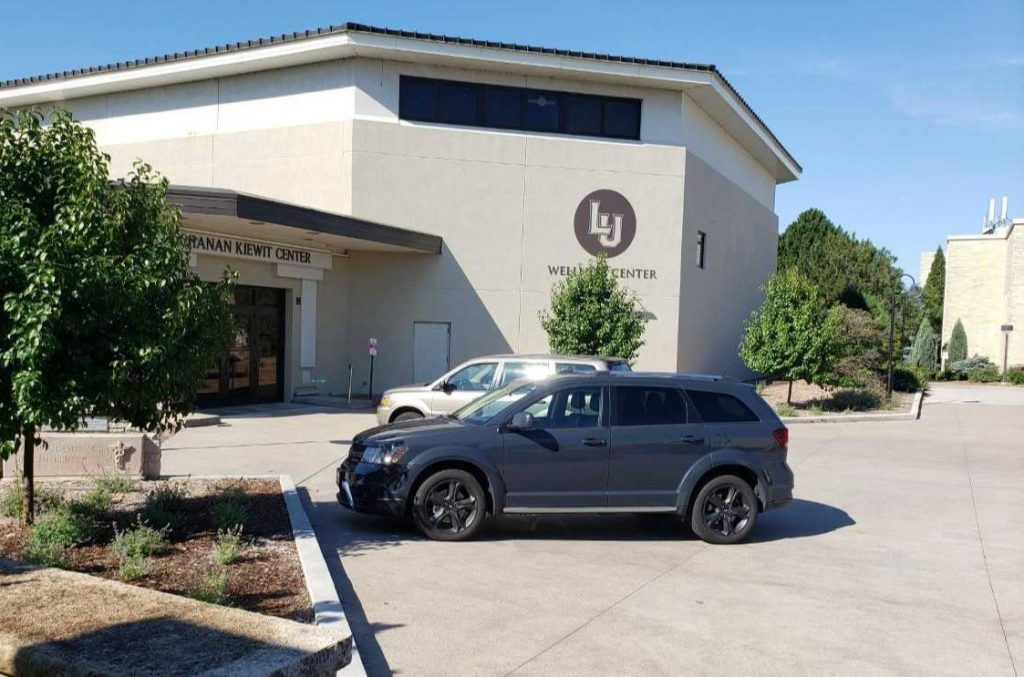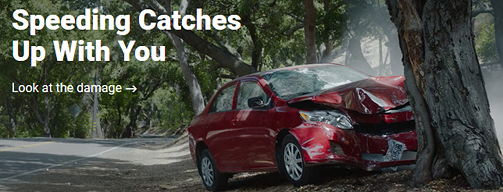Working together across campus, the Affinity Spaces bring together students with shared identities.
Affinity Spaces Mixer
@ the Diversity and Intercultural Center
Tuesday, Sept. 20th 5-7 PM
Come and meet staff and students from the Affinity Spaces-free meal provided.
Welcome Brunch
@ the International House
Wednesday, Sept. 28th 11 AM-1 PM
Join Affinity Spaces staff and students for brunch and try a variety of unique foods!
Spirit Space Plant Giveaway
@ the Center for Spiritual & Religious Life
Thursday, Oct. 6th, 5-7:30 PM
Come join in an open house celebration for the Spirit Space, and leave with a potted plant!
Sponsored by: The Diversity and Intercultural Center, The Gender and Sexuality Diversity Center, Spiritual and Religious Life, and International Student Services at LU.



